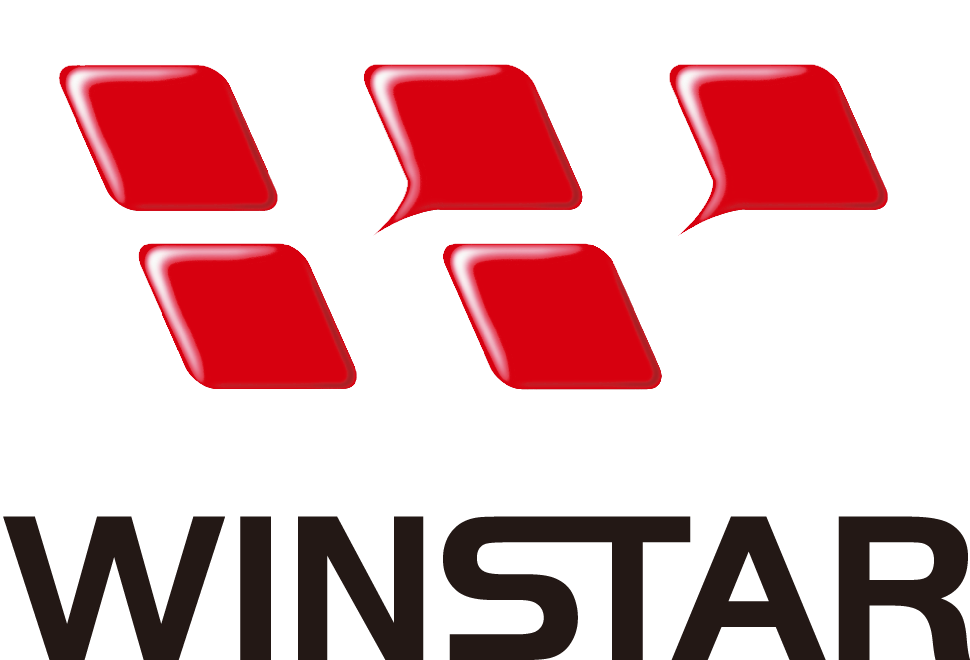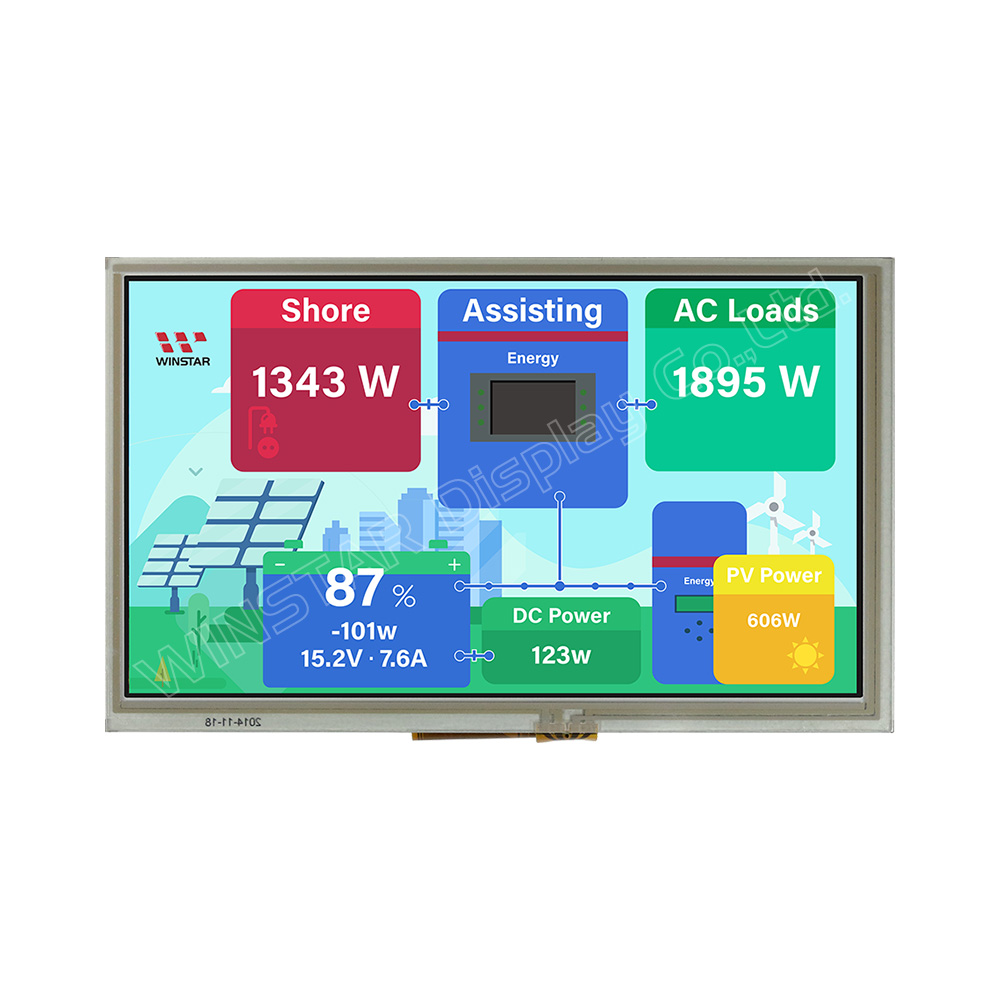The WF80QTIFGDBTB is an 8-inch TFT display module with a built-in resistive touch panel (RTP). It boasts a resolution of 800x480 pixels, a module dimension of 192.8 x 116.9 mm, an aspect ratio of 16:9, a brightness of 300 nits (typical value), and a contrast ratio of 500:1.
Integrated with an SSD1963 controller board and a 36-pin connector, the 8-inch Resistive Touch Screen TFT WF80QTIFGDBTB is compatible with 8-bit/16-bit options within the 8080 family MPU. The pin configuration has already been predetermined, with pins 33 to 36 uniformly designated for the backlight power input, eliminating the need for customers to design additional backlight circuits.
This module operates within temperatures ranging from -20℃ to +70℃, with storage temperatures spanning from -30℃ to +80℃. The supply voltage for the LCM ranges from 3.0V to 3.3V, with a typical value of 3.1V.
The key Advantages of TFT Q Series are as below:
- Winstar Q Series integrated a 36 pin-out connector on SSD1963 controller board and all connectors are the same direction.
- Q Series modules are available in 8 bit and 16 bit parallel interface options.
- The pin no. 33 ~ 36 already pre-defined as backlight supply.
- Built in backlight driver IC, Q series TFT displays can be drive by 5.0V (3.5" and 4.3"also support 3.3V). The customers do not have to change the backlight driver circuits while change the TFT module sizes.
- The 5.7", 7.0", 8.0" and 10.2" Q Series are allowed to design Sleep Mode to close BIAS(VGH, VGL, AVDD) low power consumption mode.
- Resistive Touch Screen options are available for all Q Series TFT display, and 4-Line signal (X1, Y1, X2, Y2) can be input from 36pin connector.
- Capacitive touch screen options are available for all Q Series displays, and the I2C read/write protocol can be input from the 36-pin connector.
The 8-inch TFT LCD display module finds practical application in various fields, including:
- Industrial control displays such as human-machine interface displays.
- Medical diagnostic equipment like ultrasound diagnostic devices and medical monitors.
- Automation system control panels, including panels for automation control systems.
- Entertainment equipment displays, particularly gaming consoles.
It's important to note that these applications represent only a subset of the module's potential uses. In practice, it can be applied in numerous other products depending on the specific requirements and designs of manufacturers.



